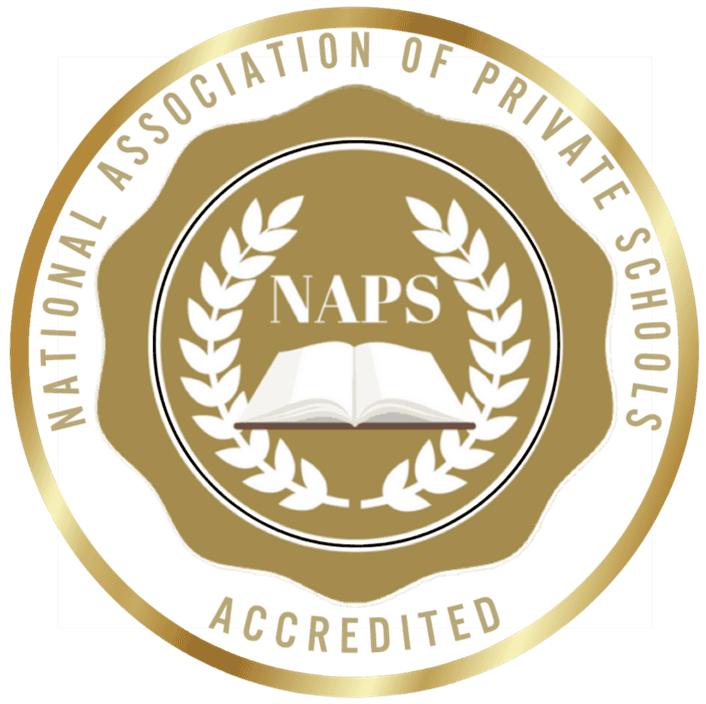Grade 9
Scope & Sequence Grade 9
Algebra I Grade 9 (PACEs 1097–1108)
Basic algebraic concepts (definitions, signs, and expressions) are introduced in a carefully structured way to make the learning material understandable. This curriculum includes principles for logically solving, transposing, and canceling algebraic equations. The student works with:
Monomial and polynomial expressions.
Algebraic addition, subtraction, multiplication, and division.
Complex fractions: reducing, simplifying, and solving word problems.
Algebraic graphs—linear equations, consistent, inconsistent, and dependent in word problems.
Quadratic equations, factoring, positive and negative numbers, averages, percents, interest, ratios, and proportions, and translating word problems to algebraic equations.
The Pythagorean Theorem.
English I Grade 9 (PACEs 1097–1108)
The student:
Learns about the history of the English language.
Practices using resources—dictionary, thesaurus, concordance, encyclopedia, and the library.
Reviews outlining.
Writes a biographical sketch and answers essay questions.
Continues to review and write with verbs—action/linking, transitive/intransitive, active/passive voice, tenses, progressive form, and emphatic mood.
Reads and analyzes The Swiss Family Robinson by Johann Wyss and Twice Freed by Patricia St. John.
Learns the parts of a book; the elements of a short story and a novel—chronological order, spatial order, and order of importance; the exposition, complication, and resolution of story plots.
Diagrams simple, compound, and complex sentences.
Is introduced to new vocabulary words.
Identifies and uses the literal and figurative meanings of words and understands word derivations.
Writes a composition unified by a single coherent thesis with a consistent tone and focus.
Demonstrates an understanding of sentence construction by correctly using clauses, phrases, and the mechanics of punctuation.
Is encouraged in character development through examples given in each PACE.
World Geography Grade 9 (PACEs 1097–1108)
The student:
Studies the beginning (Post-diluvian) earth, earth’s resources, Africa, Canada, the United States, Latin America, the Arctic, Western Europe, Eastern Europe, Northern Asia, Southern Asia, the South Pacific Islands, and the Middle East.
Learns about some of the challenges of each region.
Reads, draws, and interprets maps.
Completes a continent-by-continent study of geography.
Compares and contrasts political regions.
Determines Christian influence of each area.
Biology Grade 9 (PACEs 1097–1108)
The student:
Views the wonders of the Creator as he studies the structure and function of man’s skin, skeleton, and muscles; the central nervous system; blood and circulation; nutrition and growth.
Observes scientific proof for Creation of fish, amphibians, reptiles, and invertebrates.
Examines mammals—their characteristics, migration, and hibernation; groups and body structure of birds; characteristics and classification of plants.
Learns the system of scientific classification.
Uses character stories to apply Scriptural principles to everyday situations. Optional online videos also provide interactive, multimedia instruction and “virtual hands-on” lab experiments.
Etymology Grade 9 (PACEs 1097–1108)
The student:
Identifies root words and writes their meanings.
Reviews the word study of homonyms, synonyms, and antonyms.
Expands on the functions of suffixes.
Reviews phonics rules—special sounds, silent letters, digraphs, and diphthongs.
Develops grammar comprehension—parts of speech and their functions.
Builds on the character trait examples.
New Testament Survey (PACEs 1097–1108)
This course is designed to introduce the high school student to the penman, the place, the period, the problem, the peculiarities, the purpose, and the plan of each book. The Inter-Testament Interval and Matthew through Revelation are studied. This course contains a special project the student must accomplish with his pastor before completing the Test.

